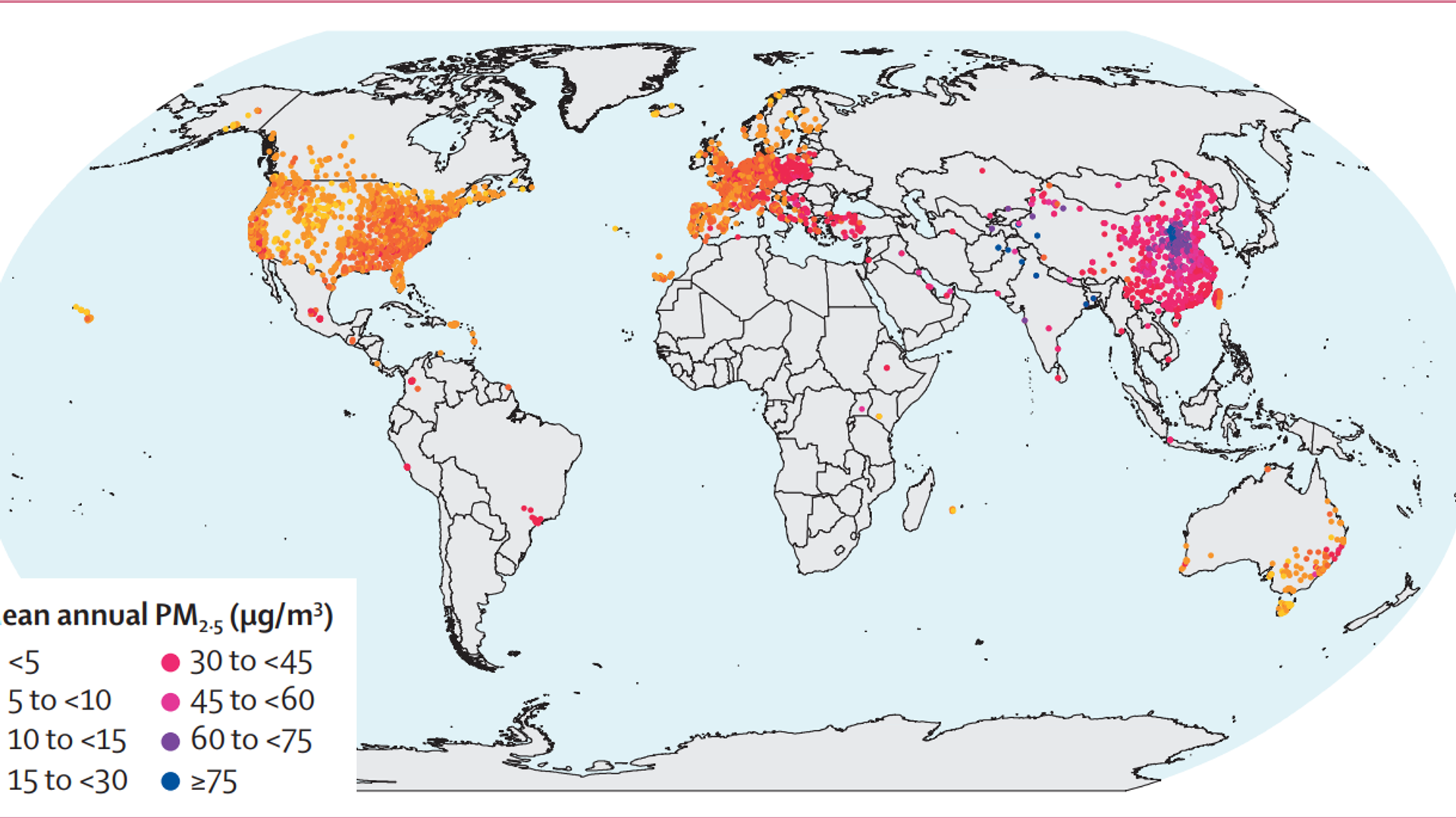Global Study Reveals There's No Place on Earth You Can Be Fully Safe From Deadly Air Pollutants
Subscribe
PM2.5 is an air pollutant consisting of both solid microparticles and the smallest liquid droplets of about 10 nm to 2.5 μm. PM2.5 readily penetrates biological barriers and therefore poses the greatest threat to the body, with a new study suggesting that the size of the hazard may be greater than previously thought.
A team of scientists led by professor Yuming Guo, from the Monash University School of Public Health and Preventive Medicine in Melbourne, Australia, conducted a meta-study of daily levels of particulate matter in different parts of the world over the 2000-2019 period. It found that only 0.001% of the global population live at PM2.5 levels, which is considered safe by WHO standards.
In order to conduct the study properly the research team used data from a wide range of sources, such as:
Air quality monitoring observations
Satellite-based meteorological and air pollution detectors
Statistical and machine learning methods
"In this study, we used an innovative machine learning approach to integrate multiple meteorological and geological information to estimate the global surface-level daily PM2.5 concentrations at a high spatial resolution of approximately 10km ×10km for global grid cells in 2000-2019, focusing on areas above… the safe limit by WHO (The threshold is still arguable)," Guo said.
Researchers have identified patterns of PM2.5 change that are specific to the respective periods of different macro-regions:
Generally reduced daily levels were marked in Europe and North America
Increased detections were recorded in southern Asia, Australia, New Zealand, Latin America and the Caribbean
High peaks in winter for northeast China and northern India
High peaks in summer for eastern areas in northern America
2019 was the peak year for Australia and New Zealand
Despite the previous point the lowest annual PM2.5 concentrations are related to Australia and New Zealand, other regions in Oceania and southern America
Highest numbers were recorded in the regions of Eastern Asia, Southern Asia and northern Africa
"We also recorded relatively high PM2.5 air pollution in August and September in South America and from June to September in sub-Saharan Africa," stated the professor.
New 2021 WHO guidelines limit state that in 2019 only 0.18% of the global land area and 0.001% of the global population had concentrations lower than the annual limit.
The professor noted the importance of the study, since "it provides a deep understanding of the current state of outdoor air pollution and its impacts on human health. With this information, policymakers... and researchers can better assess the... health effects of air pollution and develop air pollution mitigation strategies."
The study, named "Global estimates of daily ambient fine particulate matter concentrations and unequal spatiotemporal distribution of population exposure: a machine learning modelling study," was published in The Lancet Planetary Health.



